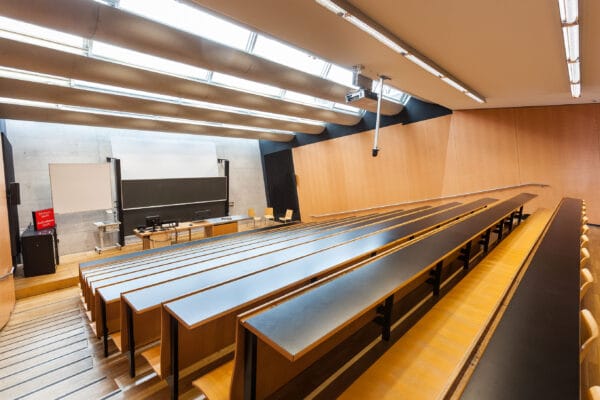
NAME:
SOWI - HS 3
BUILDING:
SOWI
FLOOR:
0
TYPE:
Lecture Hall
CAPACITY:
140
ACCESS:
Only Participants
EQUIPMENT:
Beamer, PC, WLAN (Eduroam), Overhead, Blackboard, Sound System, Microphones, Handicapped Accessible
Climate litigation has increasingly become a mechanism used to take action against climate change, and, in some cases more broadly embedded in questions of climate justice and legal liability, to sue large greenhouse gas (GHG) emitters for damage caused by their emissions. For proof of evidence of a causal link between GHG emissions and climate change impacts attribution science plays an important role. However, what type of science, methods and scientific evidence is required is challenging and case dependent. Here we take one of the most prominent climate litigation cases where a citizen in Huaraz in the Andes of Peru sued the large German energy producer RWE over the risk of a devastating flood from an outburst (GLOF) of glacial Lake Palcacocha, at an amount proportional to the share of cumulative emissions of the German company. The case is at a final stage at a state court in Germany where judges acknowledged the basic legal responsibilities of (large) emitters for (potential) loss and damage caused by anthropogenic climate change elsewhere on the globe – given that the causal relation between emissions and damage or risk can be established. The case has centered around questions of determining the probability of an impact of a mass movement (such as a rock-ice avalanche) into the lake, to produce a GLOF large enough to affect the property of the plaintiff in Huaraz. To address this question an interdisciplinary team of experts collaborated and analyzed in detail the different elements along the hazard cascade, including rock slope and glacier stability assessments, considering effects of permafrost degradation, frequency and magnitude of potential rock/ice mass movements, lake impact and wave propagation, and extensive modeling of downstream GLOF mass flow dynamics and impacts. A key challenge of crucial relevance at court is quantitatively determining the probabilities of occurrence of mass movement magnitude in a dynamic high-mountain context. Based on this experience we’re discussing the perspectives of how interdisciplinary geoscience can effectively support climate litigation in the future and the implications for high-mountain research methods development.
